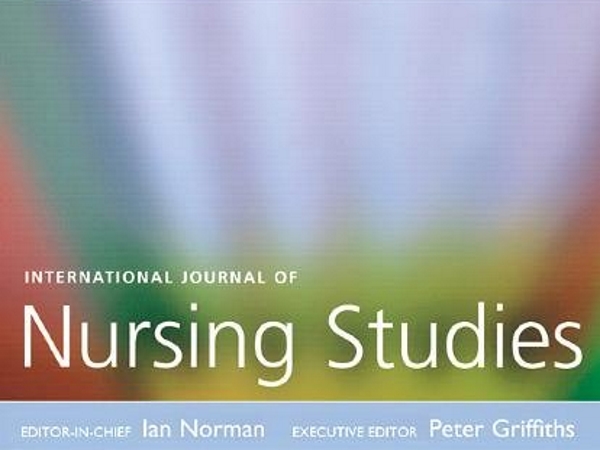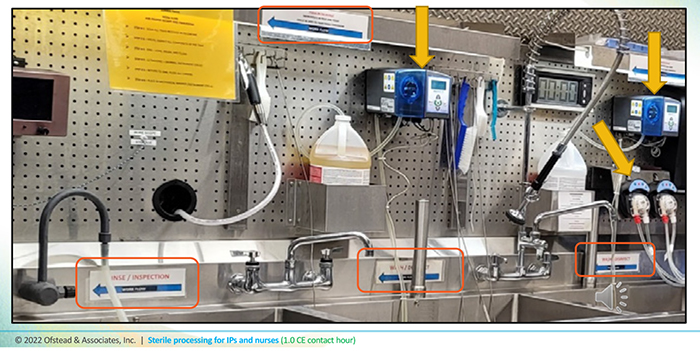Negative pressure wound therapy reduces SSI across surgical specialties

Editor's Note Compared with standard wound dressings, single-use negative pressure wound therapy (NPWT) devices can reduce the incidence of surgical site infection (SSI) in at-risk patients with closed surgical incisions across a range of surgical specialties, according to a data review highlighted in the February issue of the American Journal…
Study: Hospital privatization reduces care quality

Editor's Note Quality of care drops when hospitals move from public to private ownership, according to review published in the March issue of the Lancet Public Health. The meta-analysis uses evidence from 13 longitudinal studies across the United States, Canada, Croatia, England, Germany, Italy, South Korea, and Sweden. Researchers evaluated…
Survey: Healthcare supply chain leaders focused on staffing, savings, standardization

Editor's Note Addressing pressure on margins, inconsistent processes, and staffing issues are top priorities for healthcare supply chain leaders recently surveyed by symplr, a provider of enterprise healthcare operations software. Published February 27, the State of Healthcare Supply Chain Survey offers insight from nearly 100 VPs of Supply Chain, Chief…
Engaging ward nurses in optimized assessments improves hospital safety

Editor's Note Evidence-informed and specialty-specific models of nursing assessment and ward redesign can benefit hospital safety, according to a study published January 27 in the International Journal of Nursing Studies. Called the ENCORE (evidence-based nursing core assessment) trial, the large-scale study led by Queensland University of Technology included 29,385 patient…
Complementing Modified Early Warning Score (MEWS) with nursing guide application improves early postoperative outcomes

Editor's Note Following up with a nursing guide in addition to the the modified early warning score (MEWS) helps reduce early postoperative complications, according to the results of a recent clinical trial. Nursing guide application in patients followed up according to MEWS also decreased ISCU admission, decreased MEWS and increased…
Why OR leaders should revisit sterile processing basics

Sterile Processing Department (SPD) managers and technicians know a thing or two about pressure. In a recent webinar covering sterile processing basics, Cori L. Ofstead, MSPH, president and CEO of Ofstead & Associates, Inc, and Abby Smart, MPH, research associate, cited the example of a 480-bed hospital that performed 13,650…
Competition tight in annual “top hospital” rankings

Editor's Note: The 250 best hospitals in the US perform at such a high level that those at the lower end of the rankings aren’t much different from those at the higher end, according to a January 23 report from Chief Healthcare Executive. Released annually by Healthgrades, the 2024 "Top…
Mastering surveys in 2024 by The Joint Commission and CMS

Takeaways • The Joint Commission eliminated 56 redundant or outdated Elements of Performance, revised four others, and is using more checklists. • The Joint Commission is emphasizing healthcare equity and identifies it as a priority to address healthcare quality and safety, calling organizations to integrate health equity into their QAPI…
ASC luncheon: Quality Measure Reporting Updates for ASCs
Editor’s Note In this luncheon presentation, OR Manager Conference attendees delved into the Centers for Medicare & Medicaid Services Quality Measure Reporting Program for ambulatory surgery centers (ASCs). Gina Throneberry, MBA, RN, CASC, CNOR, director of education and clinical affairs at the Ambulatory Surgery Center Association (ASCA), shared which quality…
The Joint Commission updates Health Care Equity resource centers
Editor's Note The Joint Commission, on August 2, announced that it had updated its Health Care Equity (HCE) Accreditation Standards & Resource Center and its HCE Certification Resource Center. A new resource available in the HCE Accreditation Standards & Resource Center is an On Demand Accelerate PI Webinar that provides…

 Free Daily News
Free Daily News